(2) 1984 D LMC weight error 2.8 grams ?
 Bigcrypto
Posts: 88 ✭
Bigcrypto
Posts: 88 ✭
For the veterans any input is greatly appreciated Okay here we go again interesting find I have a total of three weight error coins in this year and mint mark The scale is right on the money I have placed several different coins from different years to compare the two I am showing this afternoon. The two 1984 D are a solid 2.8 gram the other one I have that is not here to show today is a 1984 D LMC that weighs 2.9 then fluctuates to a solid 3.0 they all came out of a lot of coins I purchased looking for the doubled die ear for my collection I managed to find that coin also later on through another source. What I would like to know is the plating on these thicker than the normal zinc coins causing the weight difference and is this a common occurrence any input is greatly appreciated thank you all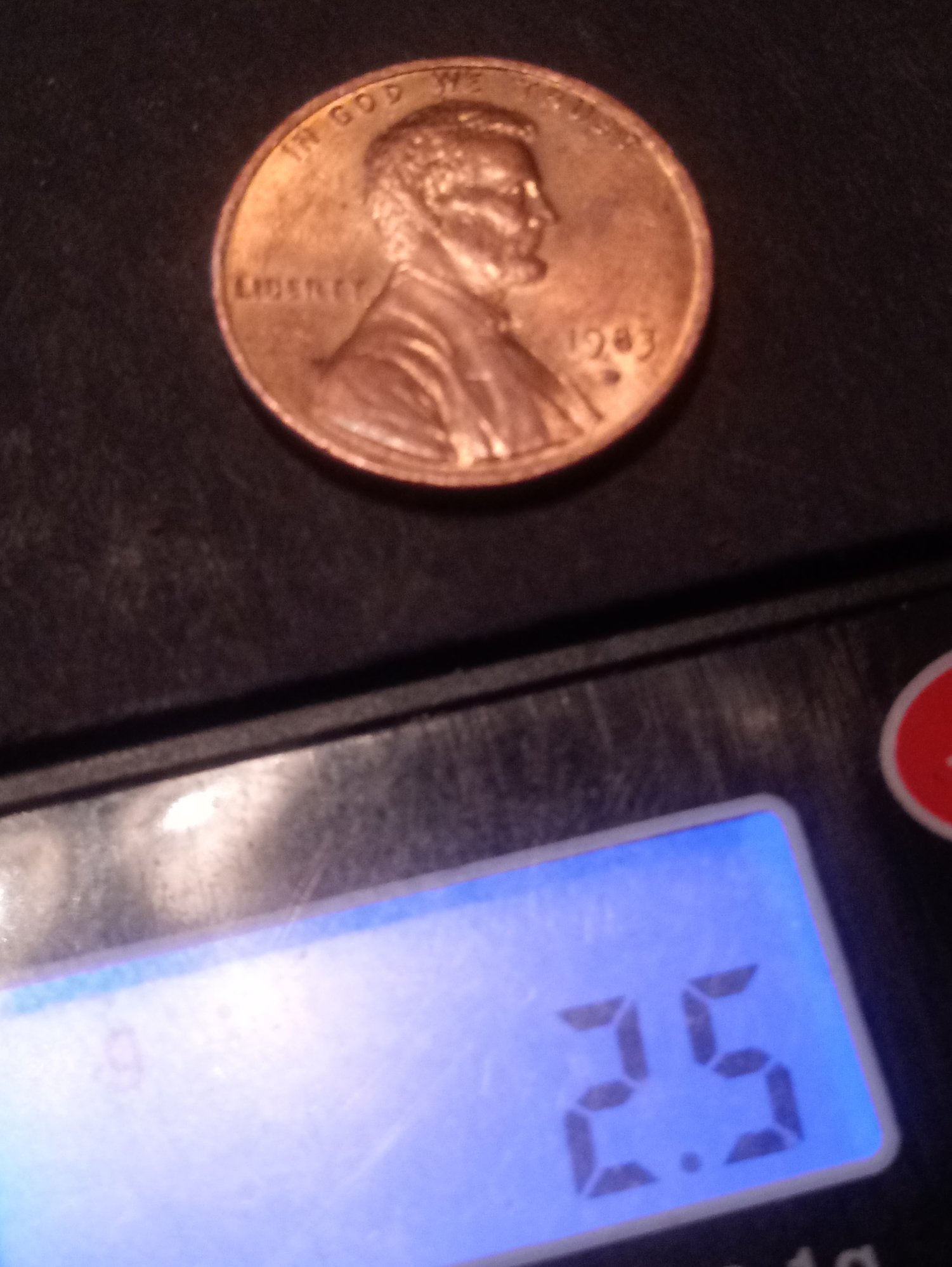
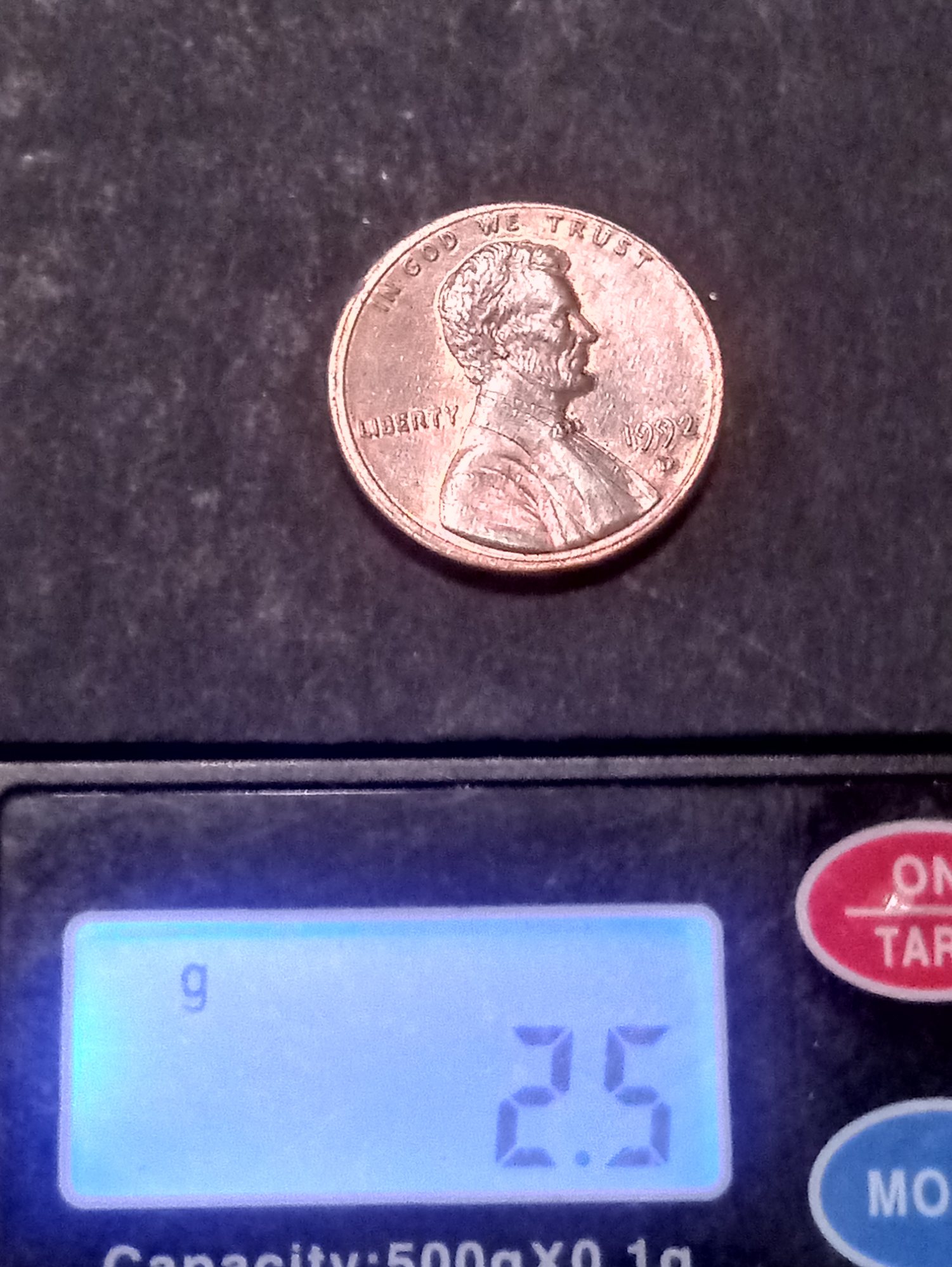
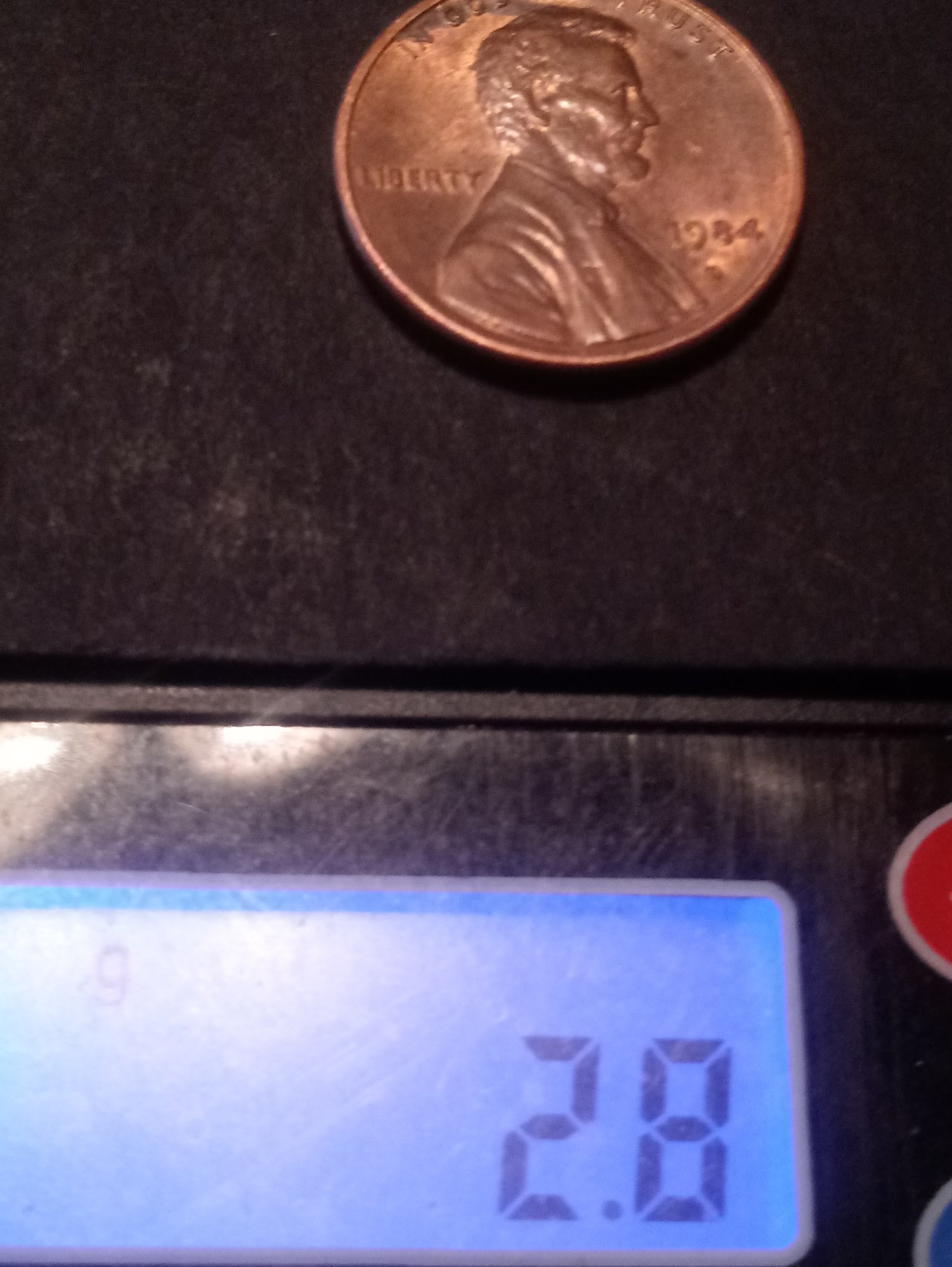
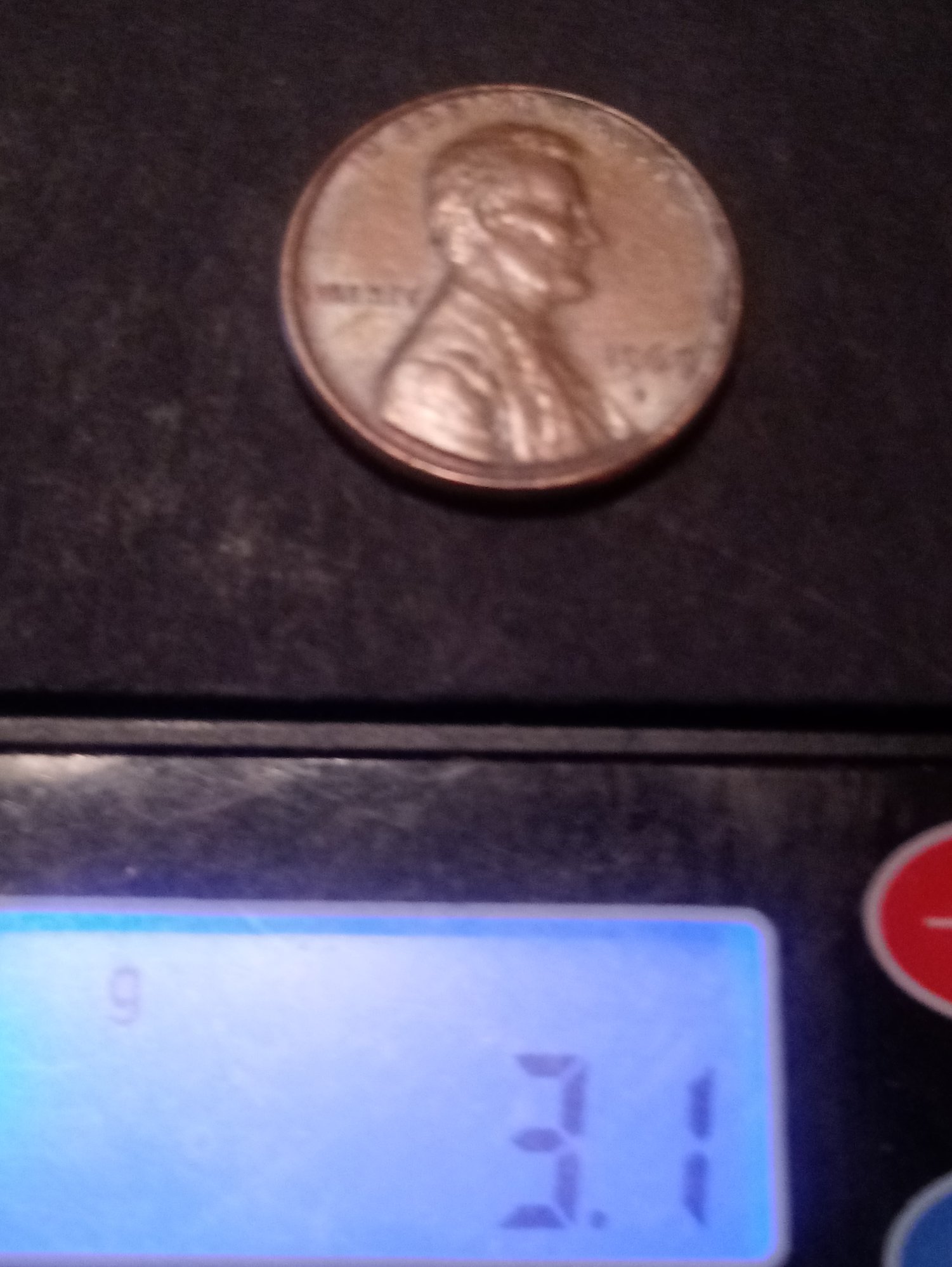

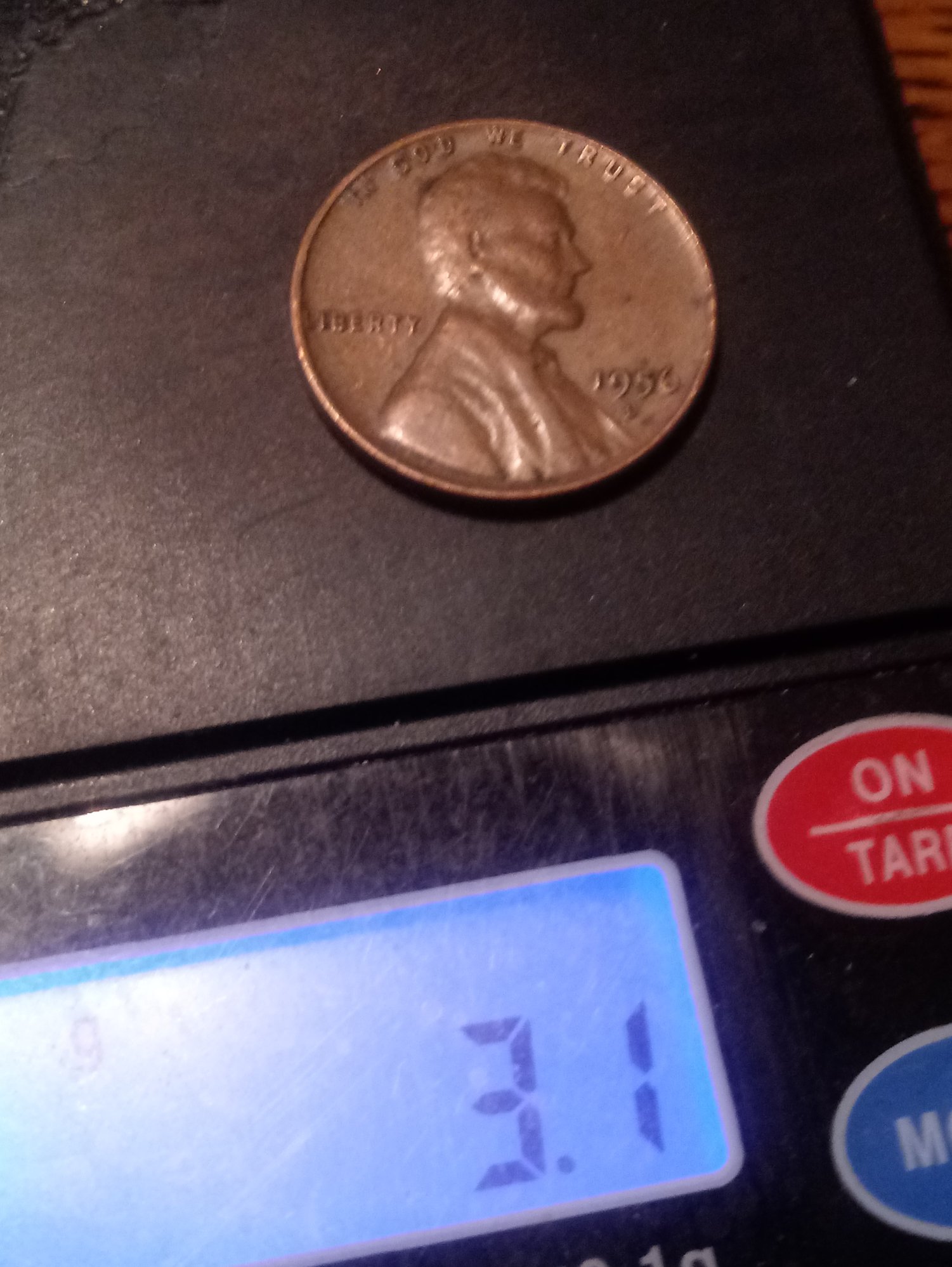
Comments
"What I would like to know is the plating on these thicker than the normal zinc coins causing the weight difference and is this a common occurrence"
It is common to have slight variations with planchets and there is a range where they are within tolerances. As with anything mistakes can happen, plating could be thicker, alloy mix could be off or any number of other manufacturing defects. Most if not all of these slight defects will not change the value of the coin.
There is a newer trend in coin hunting and that is weighing every coin for off metal. Once the craze hit with the 1982 and a few sold for big money everyone wants to find one. Until someone starts to document the exact weight ranges for the many thousands of coins they are searching it would be hard to say what the maximum or minimum could be. You could have a weight range for a zinc at as low as 2.35 up to 3.00 and a copper as low as 2.90 up to 3.25. If my dumb guess on a weight range is close there could be an overlap in the 2.9--3.0 range to further confuse things.
Let's say just for the sake of conversation that I have a Lincoln cent that has a little pull away of the copper plating and we can now see the zinc core, we know this is a zinc core cent no matter what it weighs. Now let's say my coin weighs 3.10 and that is above any known genuine U.S. zinc cent.
Is this now just the new maximum weight for the range and is still within tolerance?
How exciting is it to collect or show your friends that it is .10g more than it should be?
How much more would you pay me for my penny?
Would you ever really know why it was off? Was it plating or alloy or a combination of both?
The spec range for a copper plated zinc cent is 2.37 - 2.63 gms. Your coin is slightly overweight which is probably due to a slightly thicker planchet. Technically, this is an error, however the weight difference is very minor, so there is no added value.
Interesting find, but still only worth face value.
the 1984 d at 3.1 is interesting. that could be a bronze planchet instead of a zinc.
It may be worth looking into.
You could have the 3.1 cent analyzed for material.... Likely just a variation in the planchet as stated above, but would be good to know. Cheers, RickO